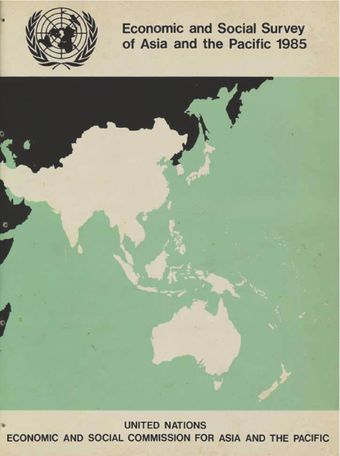Summary and conclusions

- Author: United Nations Economic and Social Commission for Asia and the Pacific
- Main Title: Economic and Social Survey of Asia and the Pacific 1985 , pp 220-227
- Publication Date: December 1985
- DOI: https://doi.org/10.18356/4aa863f5-en
- Language: English
- Previous Chapter
- Table of Contents
- Next Chapter
International trade has induced economic growth in several ways. Growth in exports is a net addition to aggregate demand. Trade between nations provides opportunities for exchanging domestic goods and services with others on terms of mutual advantage. Among these goods and services are capital equipment and technology, which developing countries need to raise productivity and output, intermediate goods to maintain output and some goods to satisfy consumer demand. After rapid growth, trade among countries entered a period of slow-down about 10 years ago. This decade has been marked by several severe shocks to the international trading environment and to the world economy. These shocks included two large and sudden increases in the price of petroleum, high inflation and low growth in the major trading nations of the world, a marked recession in the world output and international trade, a collapse in commodity markets, a severe interruption to the flow of credit to developing countries and a completely new exchange rate regime. At the same time, the largest partner in international trade has turned very rapidly from a creditor to a debtor nation. International capital markets have come to be marked by unprecedented high rates of real interest and very close integration.
-
From This Site
/content/books/9789210599078s005-c007dcterms_title,dcterms_subject,pub_keyword-contentType:Journal -contentType:Contributor -contentType:Concept -contentType:Institution105


